Reza Abbasi Museum is one of the best historical-cultural collections of the country which can be considered as a small example of the Museum of Ancient Iran. The museum, located in Tehran’s Shariati Street in front of Electrical Engineering Department of Khaje Nasir al-Din Tusi University of Technology, was founded in 1978 and was named after the famous Safavid painter of Kashan, Reza Abbasi.
The museum’s spectacular collections are from the second millennium BC to the early 20th century and the Qajar period. The museum holds about 50,000 antique objects, but unfortunately only 700 of them can be displayed in museum halls. Other historical objects are occasionally displayed in the temporary exhibitions section.
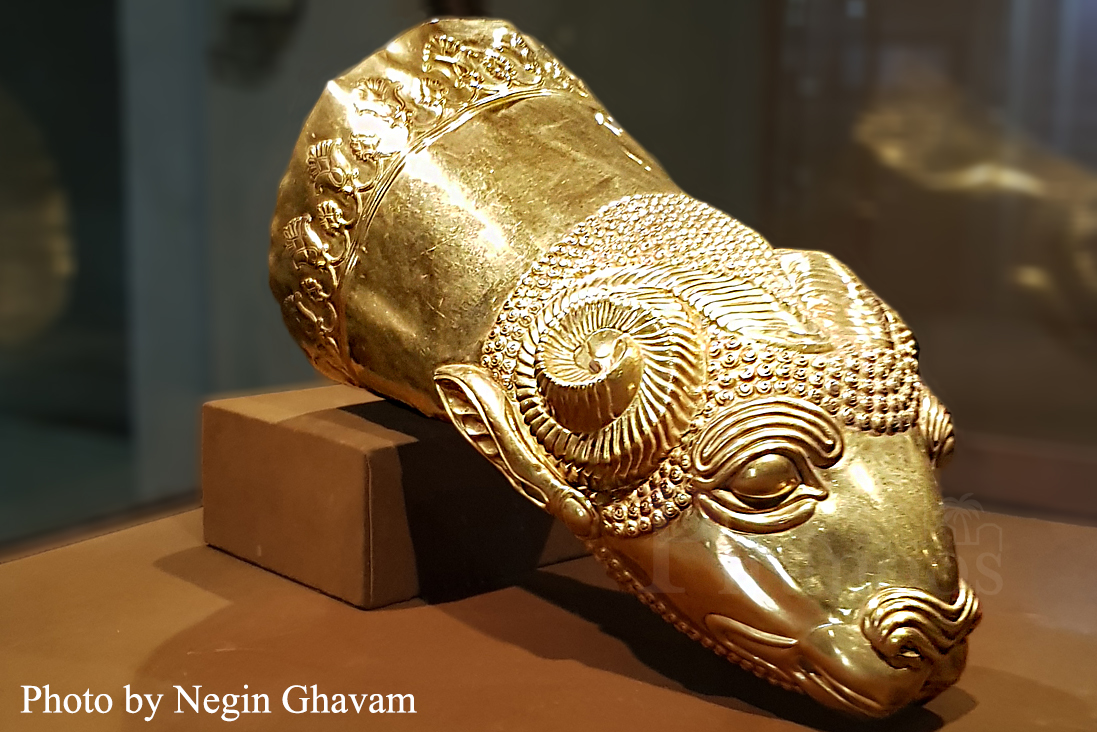
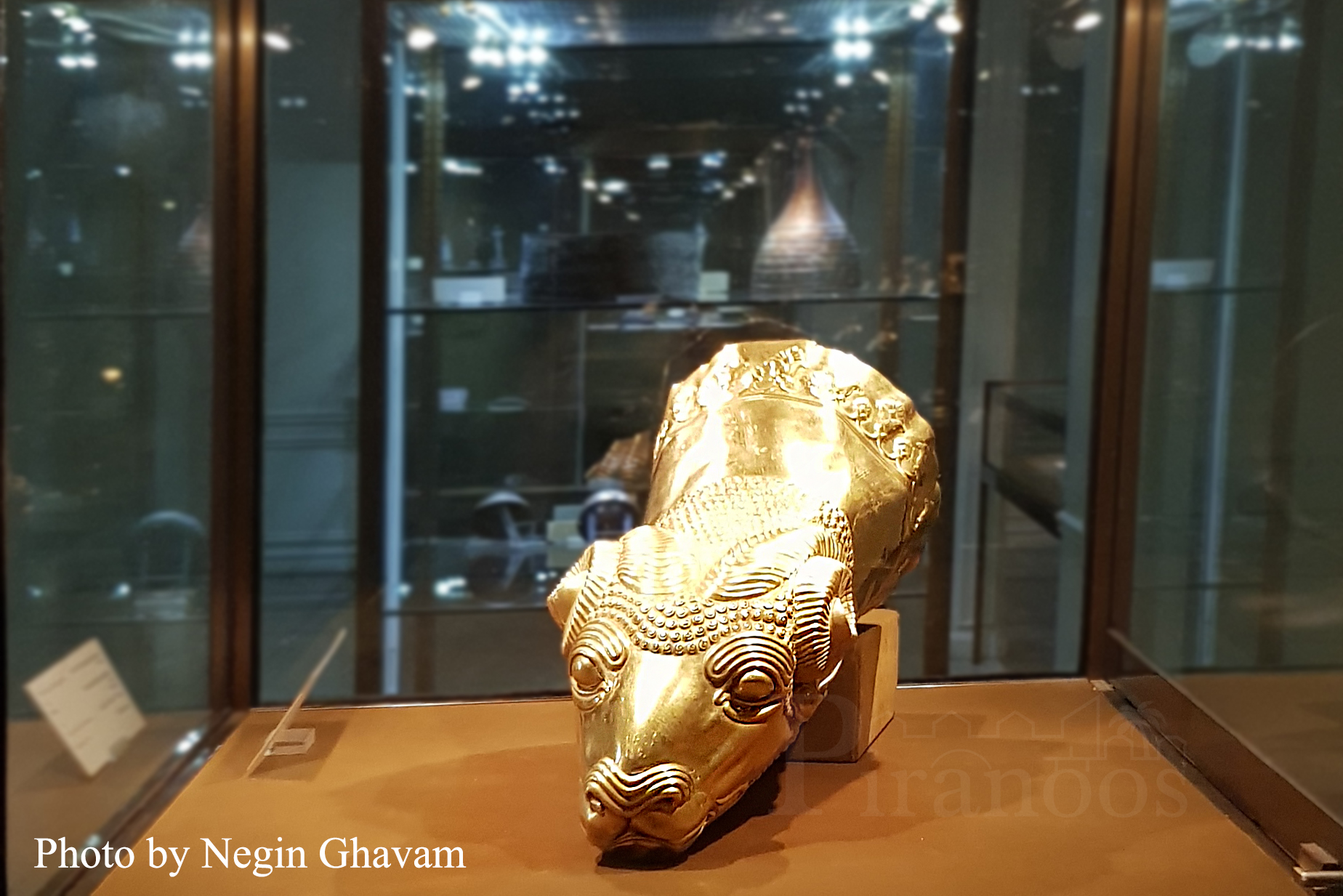
The Reza Abbasi Museum is a three-store building and you start from the third floor. This museum has various halls: Pre-Islamic Hall (Third Floor), Islamic Arts Hall 1 and 2 (Second Floor), Persian miniature and painting Hall (First Floor), Calligraphy Hall (First Floor) and Temporary Exhibition Hall (Ground floor).
These historical objects are displayed in chronological order, so visitors can follow the evolution of art, civilization and culture in Iran. This arrangement is unique among other museums in Iran.
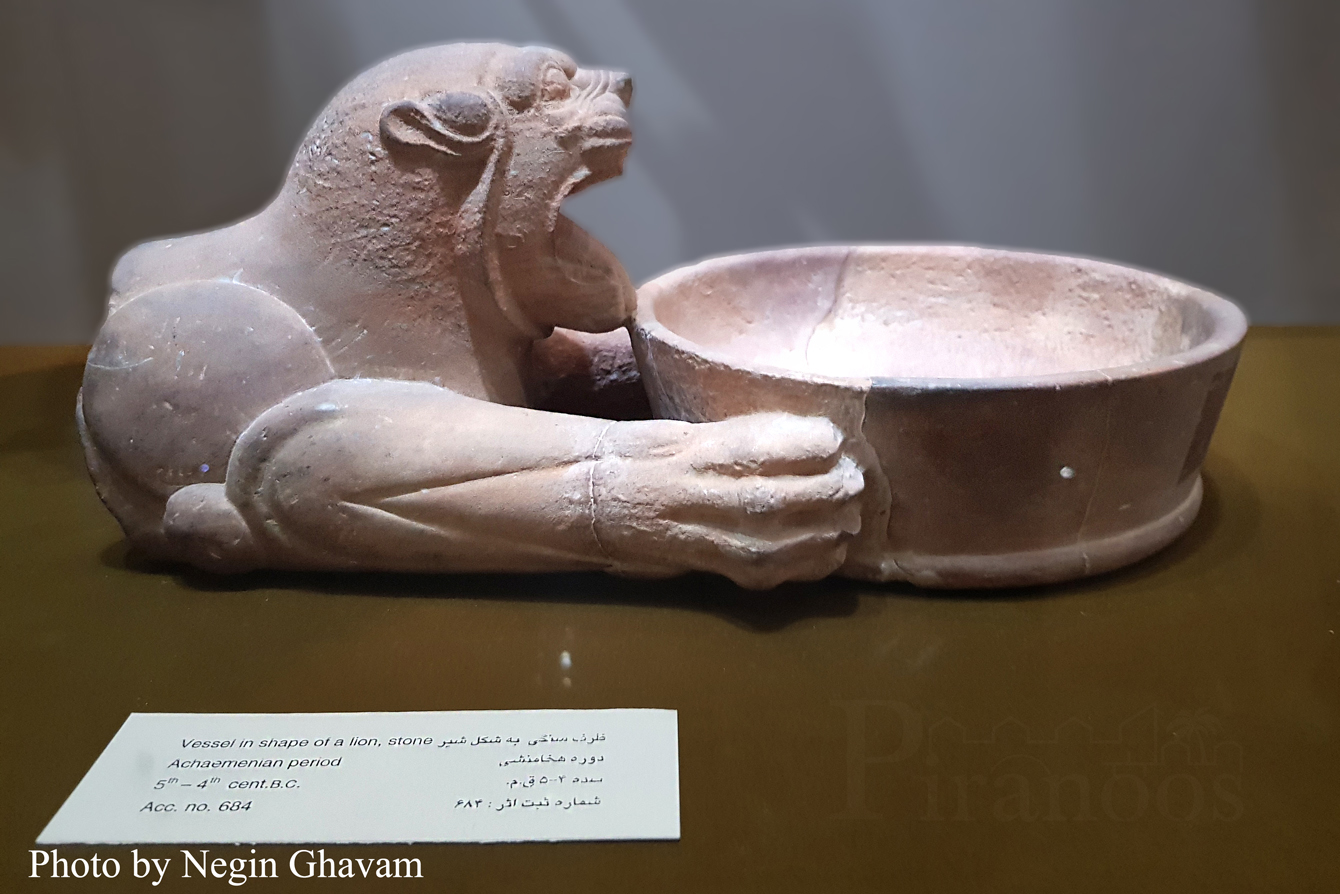
You can see the oldest pre-Islamic antiques on the third floor. The antiques from the pre-historic and pre-Islamic periods of Iran display the gradual development of techniques and materials according to the needs of daily life. In this part interesting historical objects from the Achaemenid, Parthian and Sassanid periods are exposed. On these antiques you can see animal and nature designs, the same style that appears in the paintings of the Bazaar and Chehelston Palace.
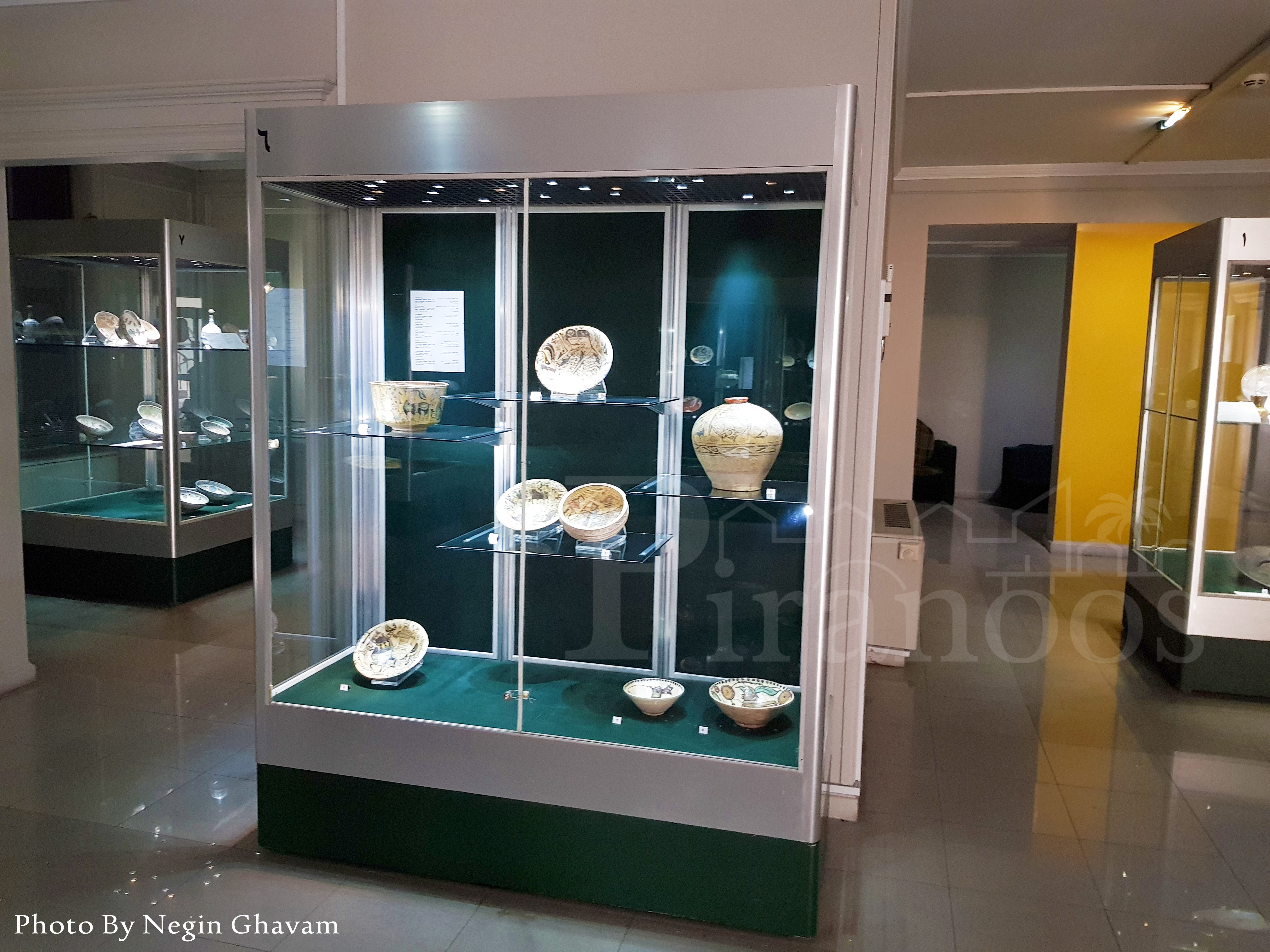
The library and the repairing and preservation sections are also on the same floor. The library has about 6,000 volumes of historical and cultural books. There are also some old newspaper and antique magazines beside the books. The restoration and repair section here is one of the most advanced repair workshops in Iran. Even other museums send their historical objects here to be repaired.
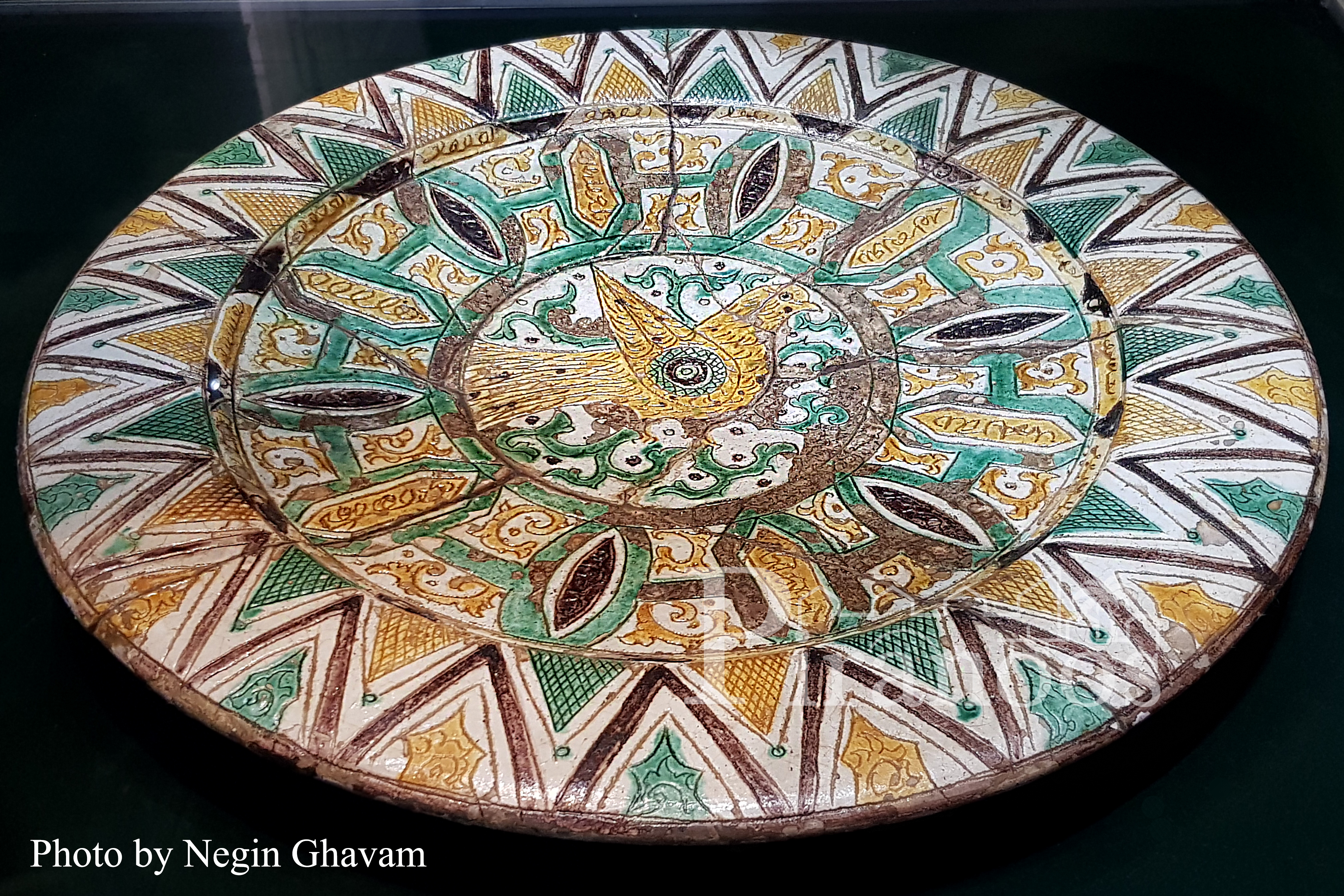
The hall contains historical objects from the beginning of the Islamic period to the Seljuq era and the antiques in the Hall 2 are collected from Seljuq, Timurid, Safavid to Qajar era.
On this floor you will find many antique pottery, metalware, jewelry, clothing and manuscripts that will take you on a journey through history and will fascinate you.
In Qajar section there are also beautiful antique qalamdans (a Persian box or case for storing a pen), book covers and boxes.
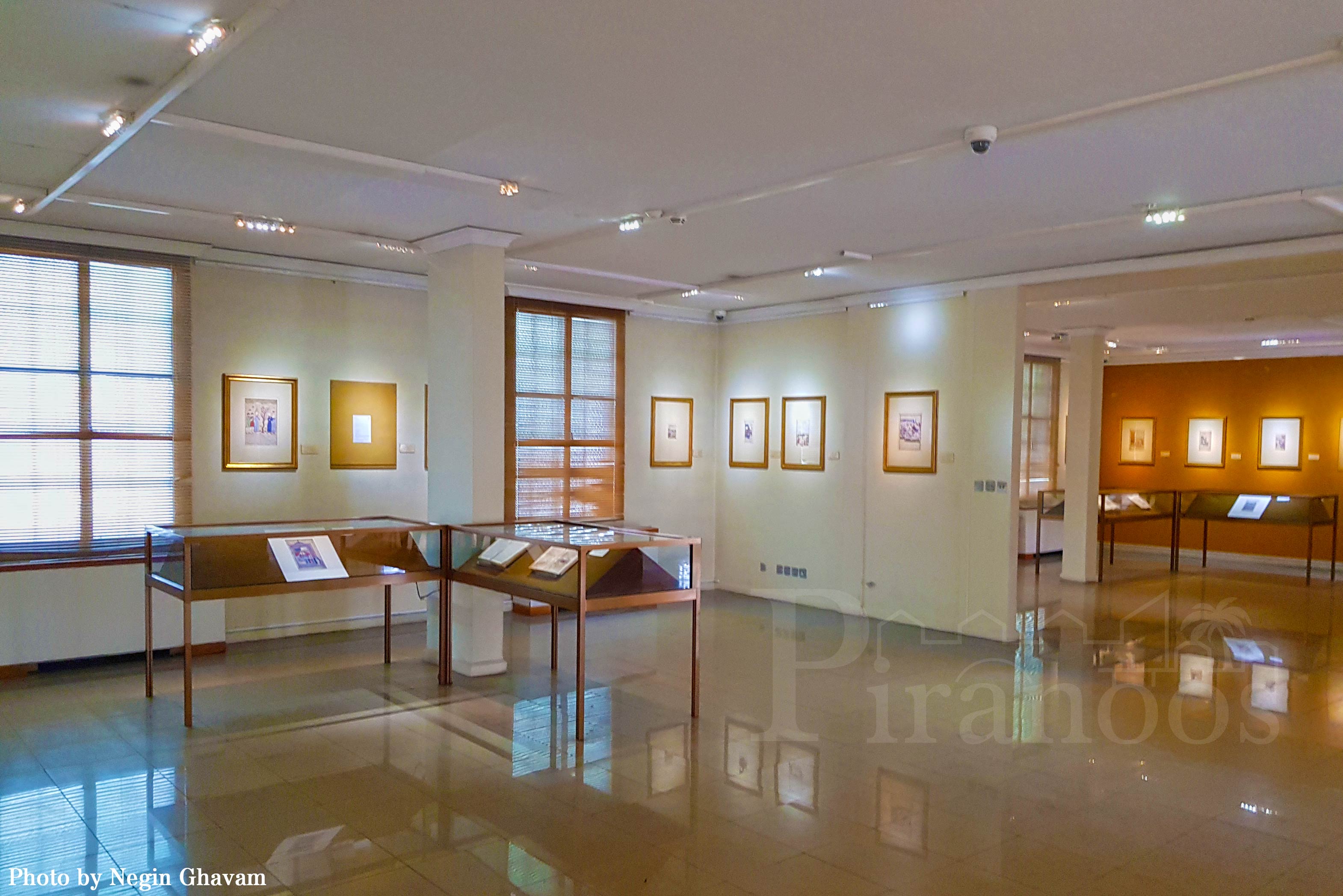
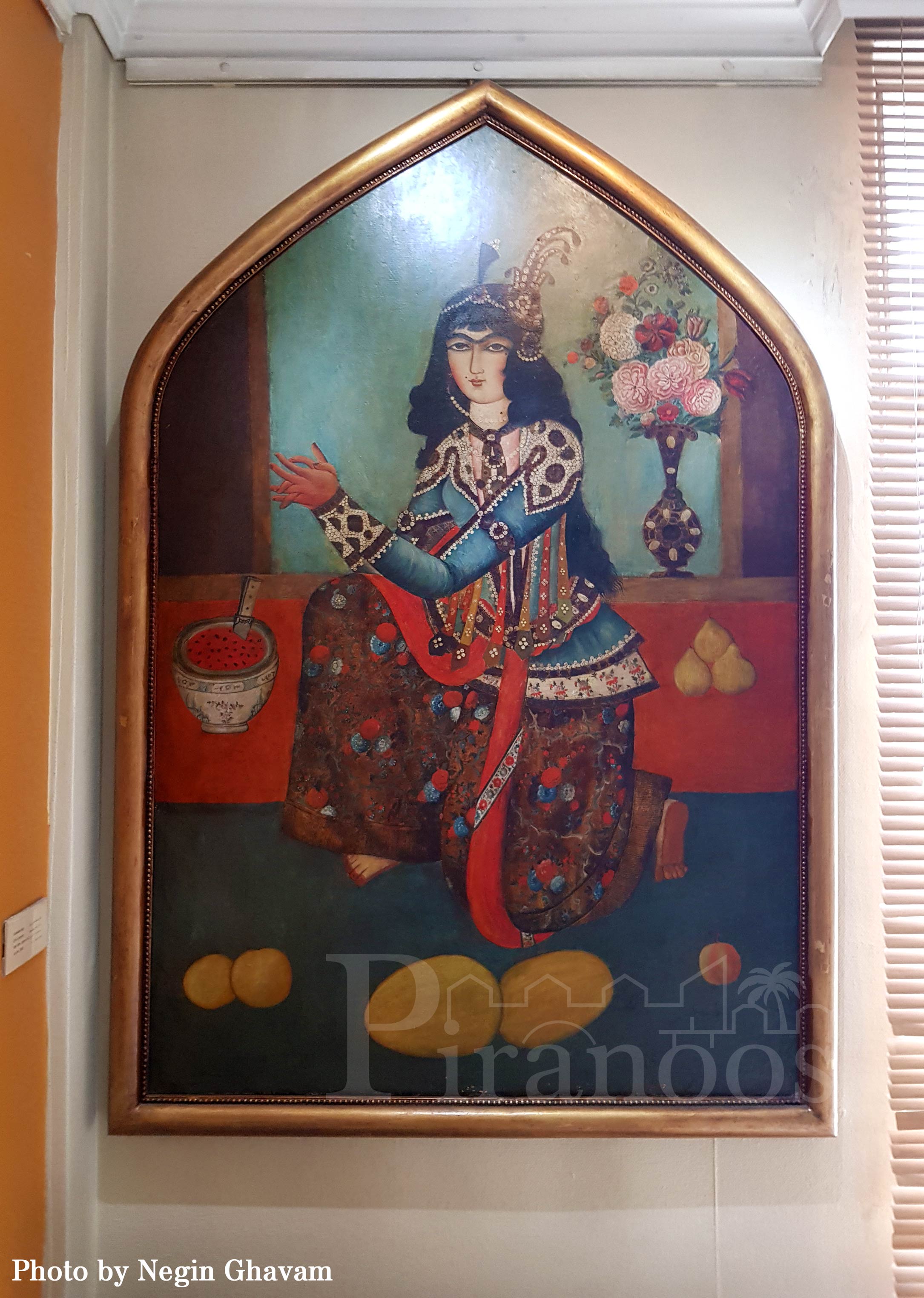
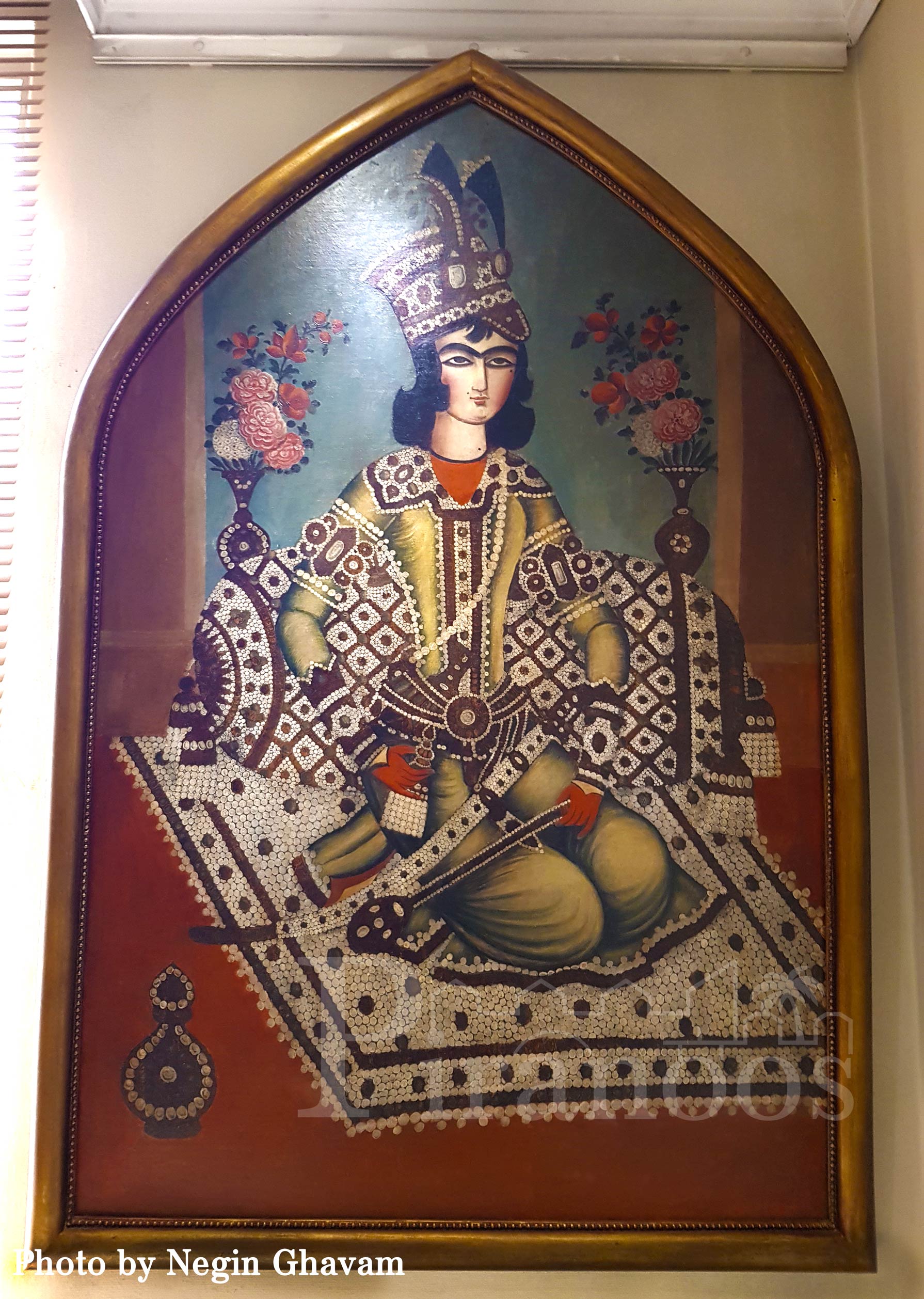
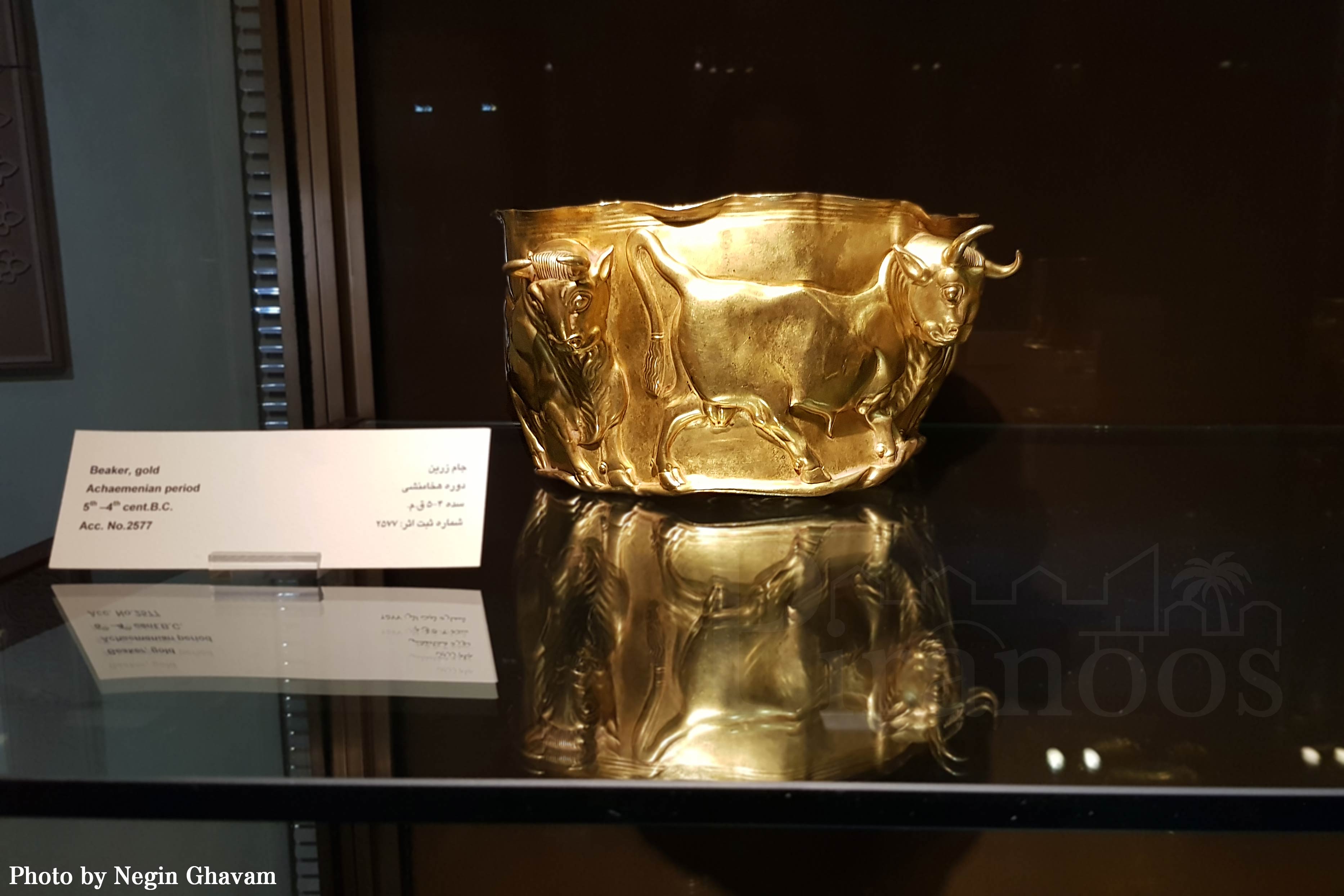
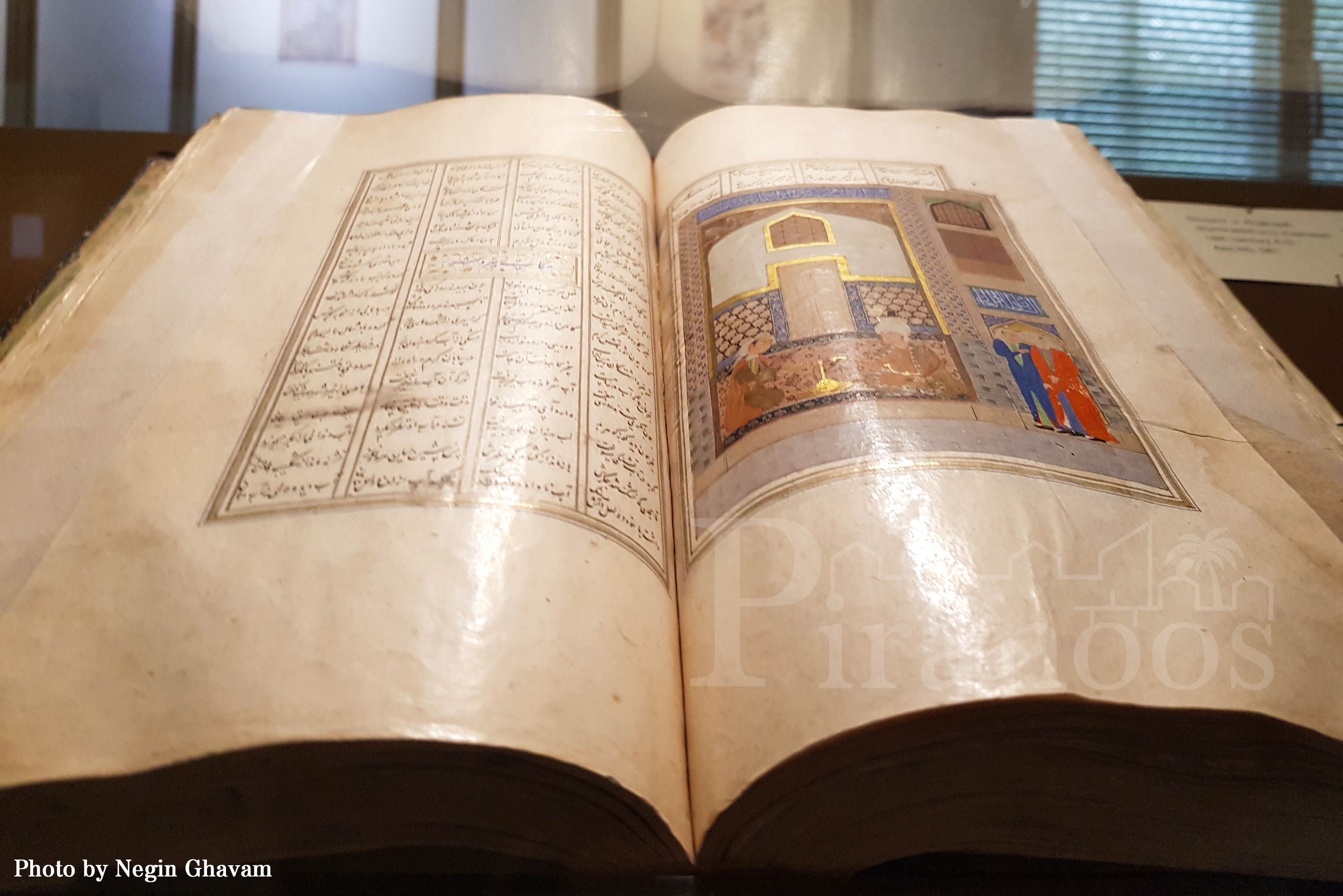
Calligraphy, one of the most valuable art achievements of the Islamic era, has been exhibited in this hall. In this hall you can see the different stages of Persian and Arabic calligraphy evolution in manuscripts and writings with various calligraphy styles such as Thuluth , Muhaqqaq, Naskh and Nastaʿlīq and you can also get acquainted with the art of book making. The sheets of paper in this collection are made of different materials, from animal skins to Khanbaligh (the ancient Chines paper) and …
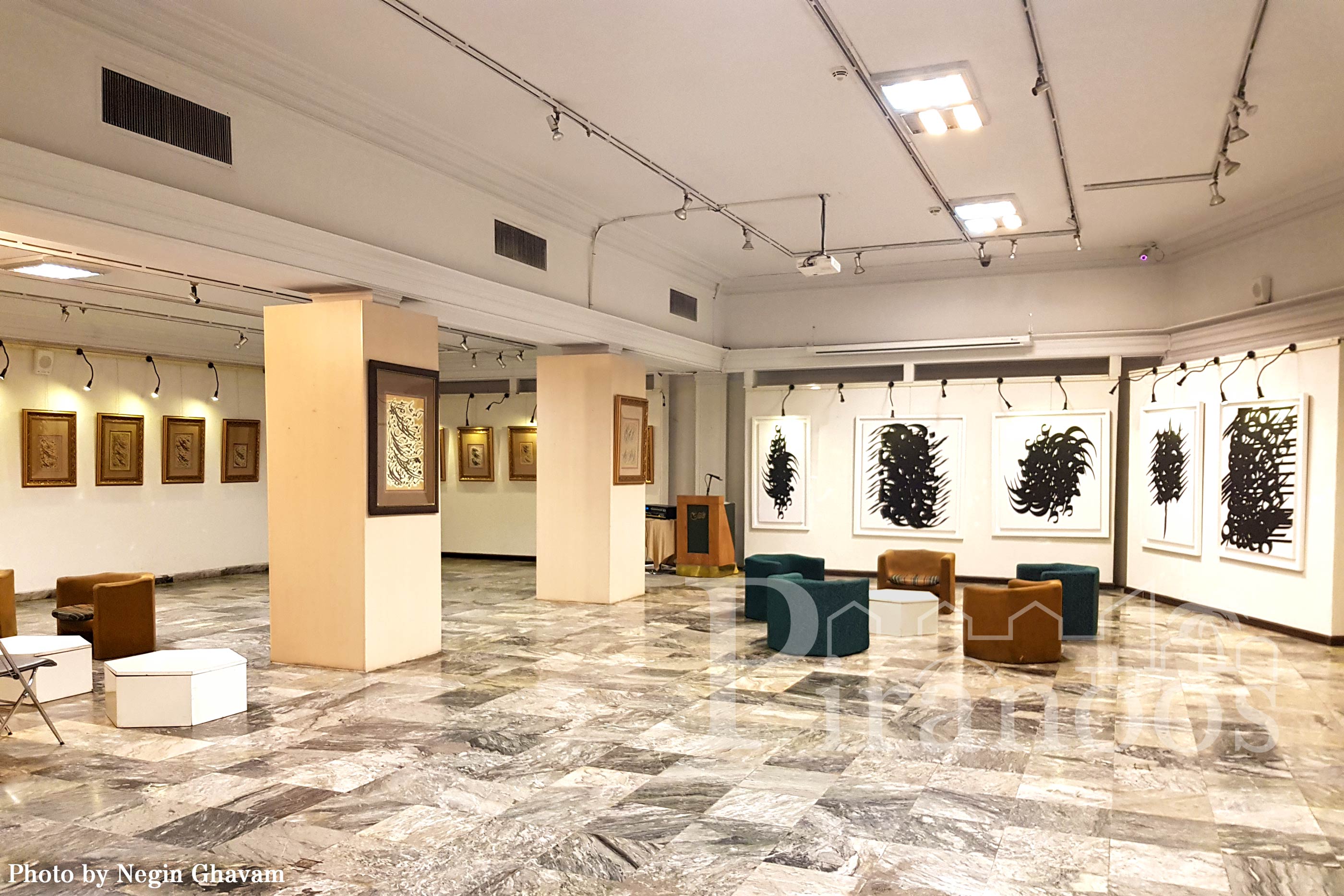
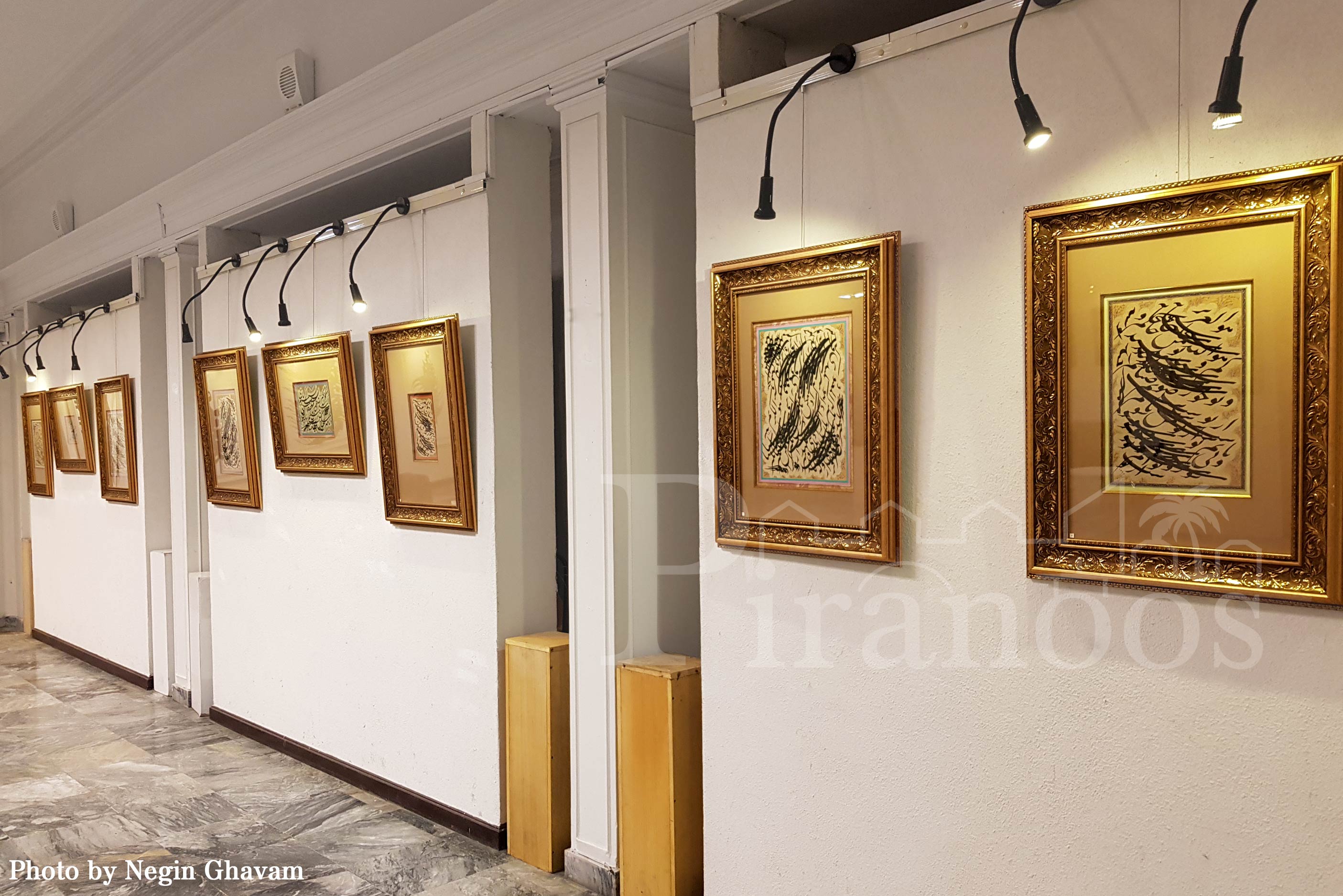
An extensive valuable collection of Islamic painting styles is on display in this hall. In the painting hall of Reza Abbasi Museum you can clearly see the process evolution and development of Persian art until 14th century AH. The oldest objest in this section is a sheet from the mid-eighth-century AH Shahnameh “Demot”.
Some of the paintings belong to the Shiraz, Neyshabour, Isfahan, Qazvin, Tabriz and Herat styles. The elegant oil paintings from Qajar era will definitely amaze you. The most fascinating paintings are Reza Abbasi’s paintings, including a solo portrait of a young man with a cup in his hand, one of Reza Abbasi’s masterpieces.